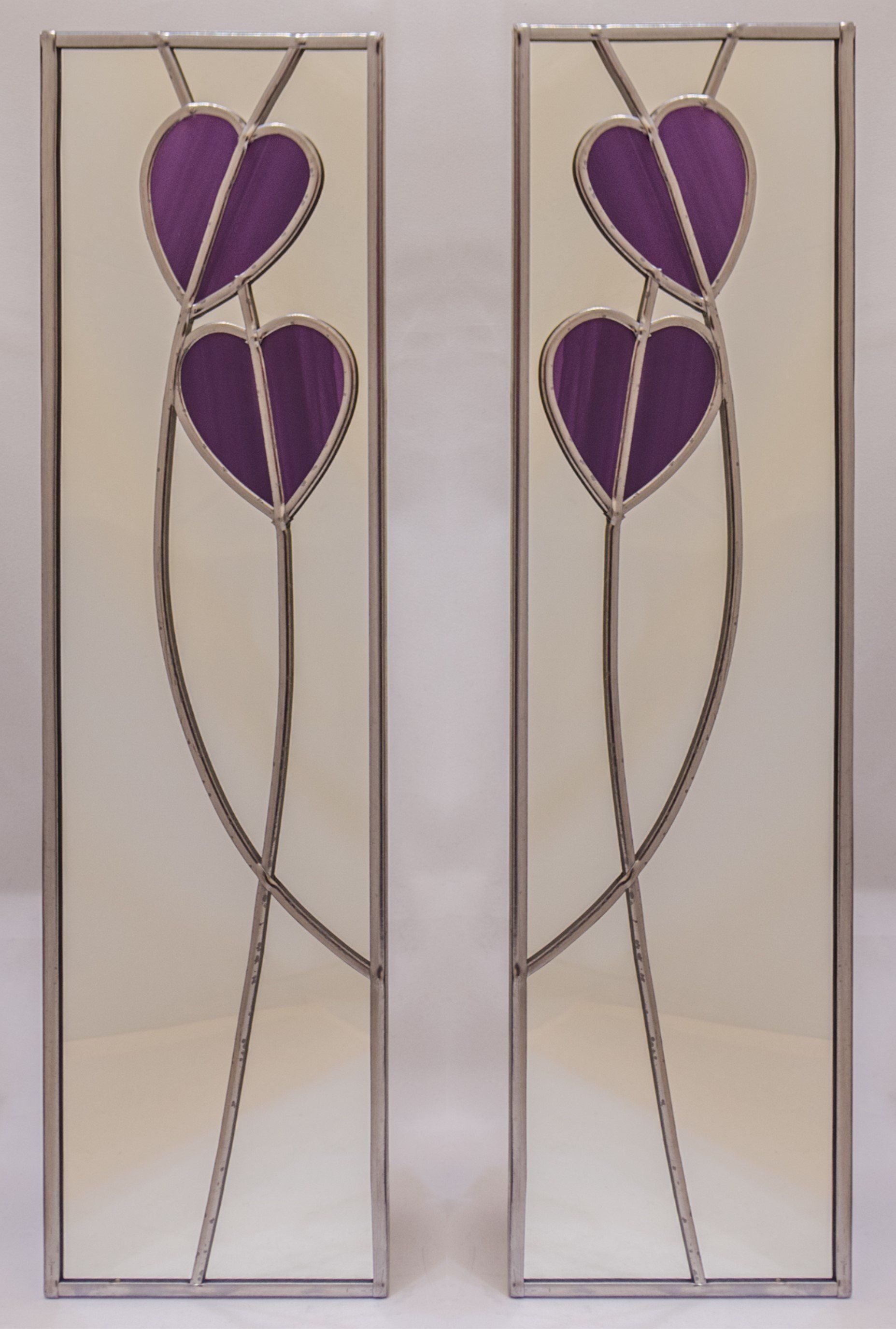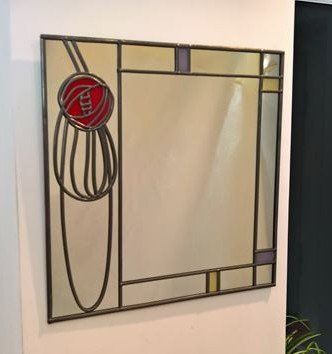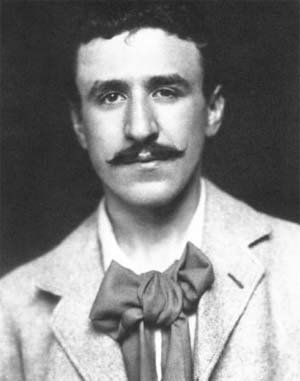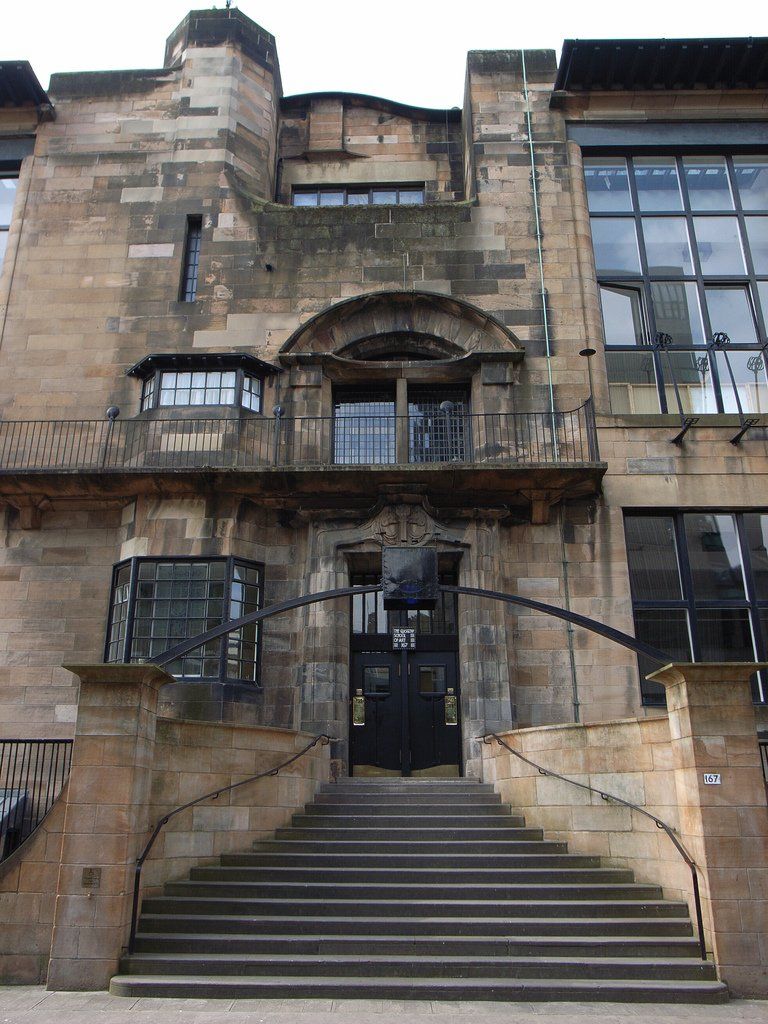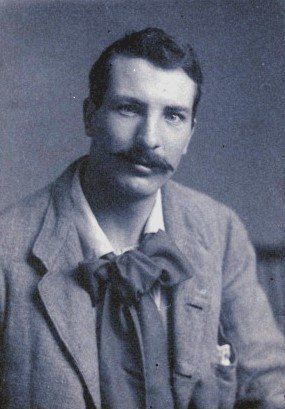Charles Rennie Mackintosh
Charles Rennie
Mackintosh and Art Nouveau
Charles rennie mackintoshwas a Scottish architect, born in Glasgow in 1868, the son of a police superintendent. Mackintosh revealed his artistic flair at an early age, and when he was 16 enrolled as an evening student at the Glasgow School of Art.
Whilst there, he met and joined up with Herbert MacNair and the Macdonald sisters, who were working along similar lines to his own, evolving new forms of decorative design which in 1890 beared the recognisable characteristics of art nouveau. The group worked collaboratively and came to be known as "The Four", and were prominent figures in Glasgow Style art and design. He would later go on to marry Margaret Maconald.
Mackintosh's design for a public meeting hall had won him £60, which he used to fund 3 months' sketching in Italy. By 1904 he was well enough established with Architect firm Honeyman and Keppie to become a partner, and he became a member of the Royal Institute of British Architects in 1906. He can be regarded as a leading force in the modernist movement, although his designs were more artistic than those who followed strict modernist ideals. He often included floral patterns and Celtic Art, as simple decoration
His work was light, elegant, and original, as exemplified by four remarkable tearooms he designed in Glasgow (1896–1904). In 1896 an architectural competition took place for the building of a new Glasgow School of Art. Working to a budget of just £14,000, the Glasgow firm of Honeyman and Keppie submitted a design from the hand of one of their junior draughtsmen, Mackintosh. After being independently assessed by the educational authorities in London, Mackintosh design was accepted. Today the Glasgow School of Art is widely considered to be Mackintosh's Masterwork.
Later in life, disillusioned with architecture, Mackintosh worked largely as a watercolourist, painting numerous landscapes.They moved to the Suffolk village of Walberswick in 1914. There Mackintosh was accused of being a German spy and briefly arrested in 1915.[25]
By 1923, the Mackintoshes had moved to Southern France with a warm climate that was a comparably cheaper location in which to live. Mackintosh had entirely abandoned architecture and design and concentrated on watercolour painting. The couple remained in France for two years, before being forced to return to London in 1927 due to illness.
That year, he was diagnosed with throat and tongue cancer. Mackintosh was admitted to a nursing home where he died on 10 December 1928 at the age of 60. He was cremated at Golders Green Crematorium in London; his ashes are buried in the grounds (with a marker).


